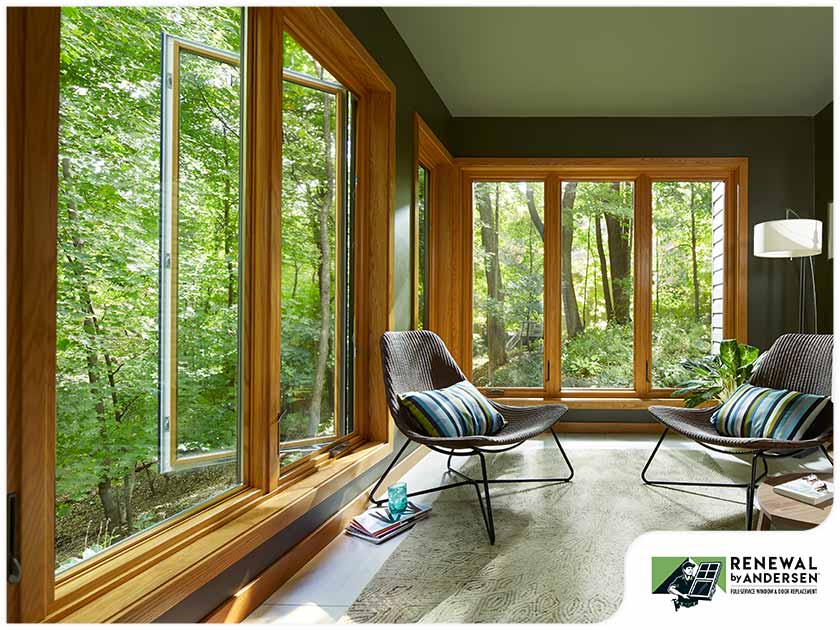Comprehending the Importance of Home Air Flow for a Healthier Living Environment
Home ventilation plays a vital function in maintaining a healthy living atmosphere. It facilitates the exchange of indoor and outside air, which is essential for enhancing air quality. Without appropriate ventilation, homes can end up being breeding premises for toxins and irritants. The effects of inadequate air flow can be substantial. This brings up the query of just how home owners can effectively apply ventilation techniques to guard their health and wellness and wellness. Comprehending these methods is imperative.

The Fundamentals of Home Ventilation
Home ventilation offers as a vital part of interior air quality and comfort. It includes the process of exchanging stale interior air with fresh outside air, therefore lowering moisture and managing temperature. Appropriate ventilation systems can consist of all-natural techniques, such as open home windows and vents, in addition to mechanical systems, such as exhaust followers and air exchangers. Efficient home air flow helps avoid issues like indoor mold and mildew growth and the accumulation of harmful bits. It additionally improves general energy efficiency, as well-ventilated areas can keep comfortable temperature levels with much less reliance on heating and cooling systems. Understanding the essentials of home ventilation is essential for house owners seeking to produce a much healthier living environment on their own and their households.

Usual Sources of Indoor Air Contamination

Numerous may not recognize it, interior air pollution can originate from numerous resources within a household. Typical factors include unstable organic substances (VOCs) sent out from paints, solvents, and cleansing products. House devices, such as gas cooktops and fireplaces, can release dangerous gases like carbon monoxide gas and nitrogen dioxide. In addition, mold and mold prosper in damp areas, releasing spores that affect air top quality. Animal dander, allergen, and pollen can accumulate inside, additional intensifying pollution degrees. Cigarette smoking indoors produces toxic chemicals that remain in the air. Ultimately, developing products, including asbestos and formaldehyde, can off-gas damaging materials. Identifying these sources is essential for preserving a healthier interior environment and advertising reliable ventilation strategies.
Health And Wellness Consequences of Poor Ventilation
Indoor air pollution can have substantial wellness implications, specifically when air flow is poor. Poor air flow can result in the buildup of unsafe pollutants, such as unpredictable natural compounds, mold and mildew, and particle matter. This buildup may lead to respiratory concerns, consisting of asthma, allergic reactions, and chronic obstructive pulmonary disease. People might experience symptoms like headaches, exhaustion, and irritation of the eyes, nose, and throat. Prone populaces, such as youngsters and the senior, go to higher danger for severe health and wellness impacts. Long-lasting direct exposure to poorly ventilated environments can also add to more major problems, including cardio diseases. Consequently, ensuring proper ventilation is essential for maintaining a healthy living setting and minimizing the danger of wellness issues associated with interior air contamination.
Effective Ventilation Approaches for Your Home
Proper air flow is necessary for keeping a healthy and balanced interior setting, and carrying out reliable approaches can significantly improve air quality. House owners can begin by making certain that exhaust fans are installed in kitchens and restrooms to eliminate excess dampness and odors. Opening up home windows frequently enables fresh air to flow, particularly throughout mild climate. Additionally, utilizing air purifiers with HEPA filters can aid record airborne toxins. For homes with heating and cooling systems, preserving cooling and heating systems and altering filters frequently is essential for peak efficiency. Including natural air flow strategies, such as cross-ventilation, can likewise enhance air movement. Ultimately, sealing any kind of leaks in windows and doors avoids undesirable drafts, which can interrupt controlled airflow, ultimately causing boosted interior air high quality and comfort.
Keeping Ideal Air High Quality Year-Round
To keep optimal air quality year-round, property owners have to adopt an aggressive technique to handling their indoor atmosphere. Frequently keeping an eye on indoor air high quality is crucial; this includes checking for contaminants such as dirt, mold, and volatile organic compounds (VOCs) Applying reliable ventilation systems, such as exhaust fans and air purifiers, can significantly lower air-borne impurities. Furthermore, routine maintenance of a/c systems warranties peak performance website here and air blood circulation. Homeowners must likewise consider humidity degrees, as too much moisture can cause mold growth. Seasonal changes may require adjustments in ventilation approaches to accommodate varying exterior air high quality. By prioritizing these techniques, property owners can develop a healthier home, advertising total wellness for all owners throughout the year.
Frequently Asked Concerns
Just How Can I Tell if My Home Needs Better Air Flow?
To determine if a home needs better ventilation, one must observe signs such as persistent humidity, mold and mildew growth, stuffy smells, condensation on home windows, or raised allergic reaction signs, indicating poor air flow and potentially poor interior air quality.
What Are the Signs of Poor Indoor Air Top Quality?

Can Houseplants Improve Indoor Air Top Quality Efficiently?
The efficiency of houseplants in boosting interior air quality is discussed. While some studies suggest they can soak up toxins and produce oxygen, their total influence might be very little contrasted to proper ventilation and air filtration systems.
Exactly how Often Should I Adjustment My Air Filters?
The regularity of air filter changes normally depends on usage and filter type. Generally, it is advised to replace filters every three months, though households with allergic reactions or animals might call for even more constant modifications for optimal efficiency.
Are There Any Kind Of Particular Ventilation Systems for Allergic Reaction Sufferers?
Lots of ventilation systems, such as HEPA-filtered units, successfully minimize irritants go airborne. Home Ventilation Melbourne. These systems catch family pet, plant pollen, and dirt dander, offering allergy victims with a cleaner, healthier interior environment while taking care of air high quality efficiently
It facilitates the exchange of interior and outdoor air, which is important for improving air top quality. Home ventilation serves as an important component of indoor air high quality and comfort. It entails the process of exchanging stagnant indoor air with fresh exterior air, consequently lowering moisture and managing temperature. Interior air pollution can have significant wellness Read Full Report ramifications, specifically when ventilation is insufficient. Correct ventilation is vital for preserving a healthy indoor setting, and carrying out reliable methods can considerably boost air quality.